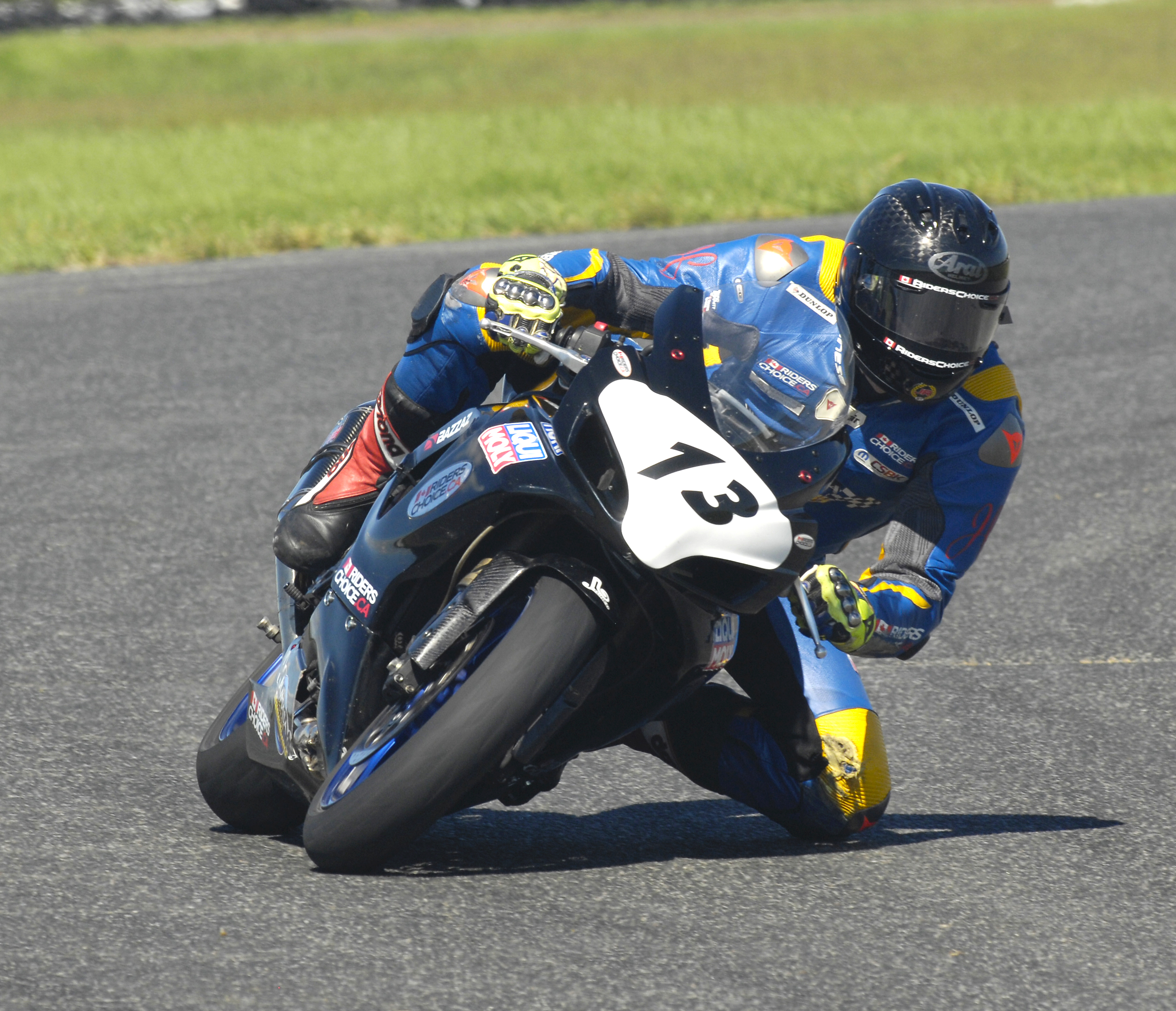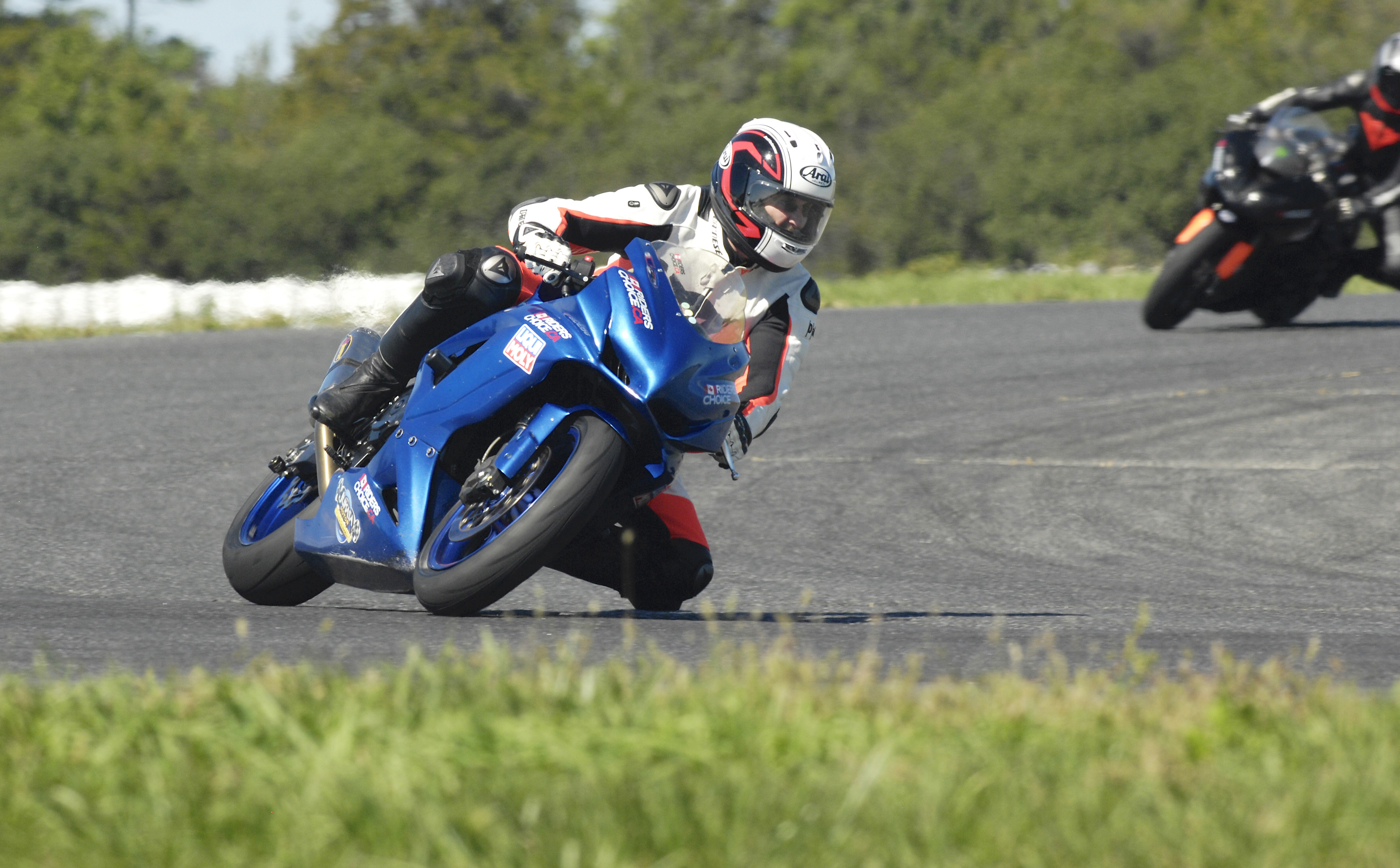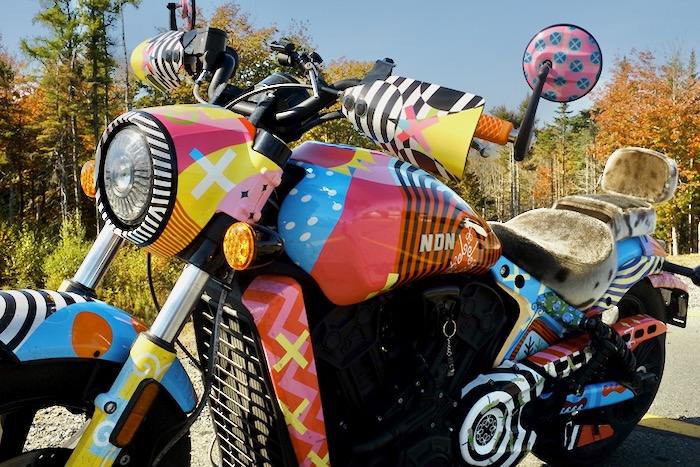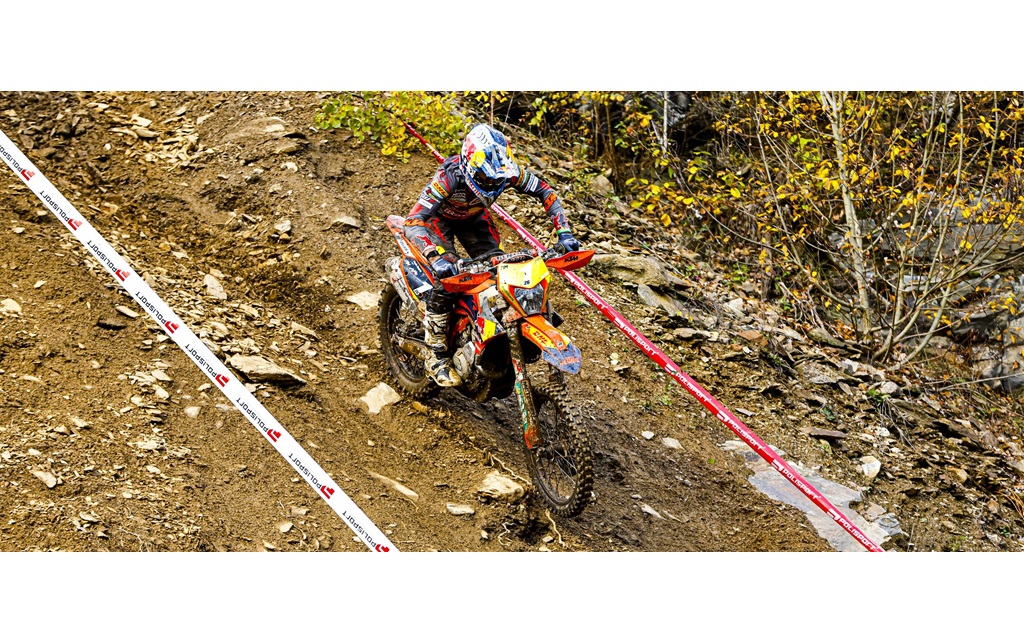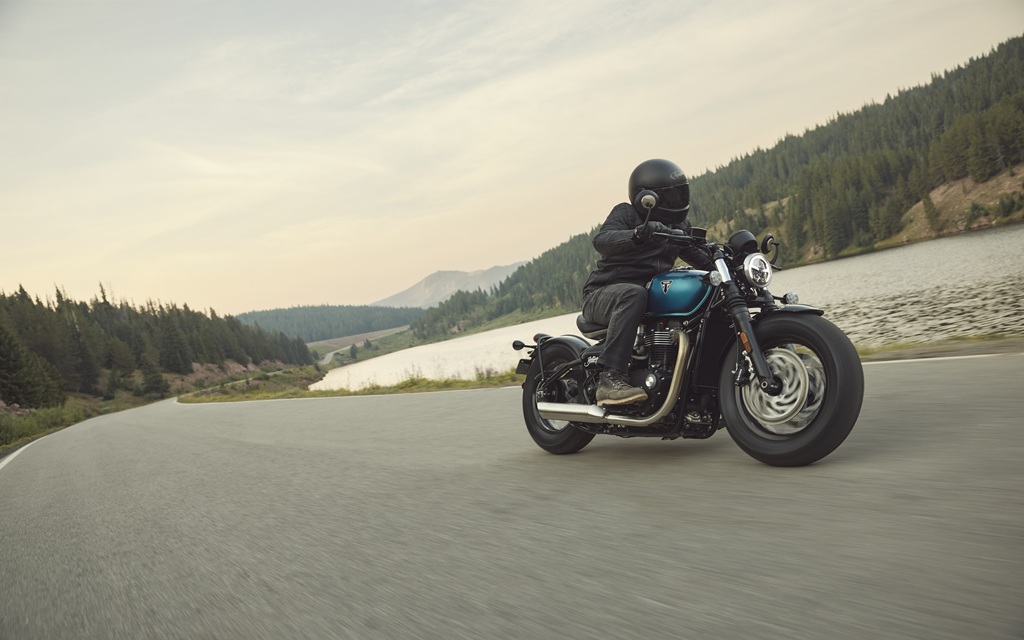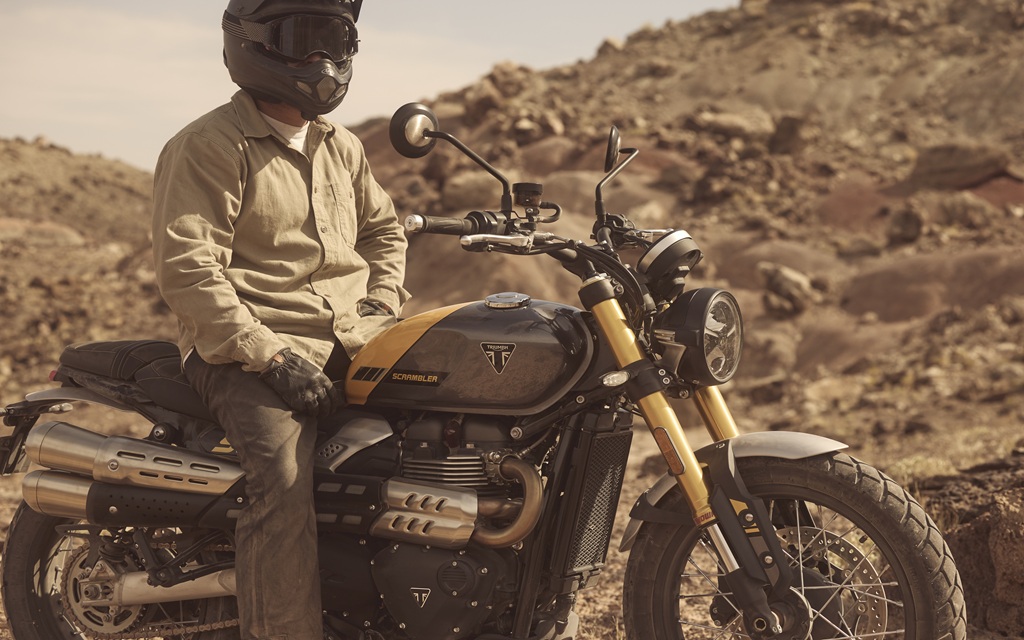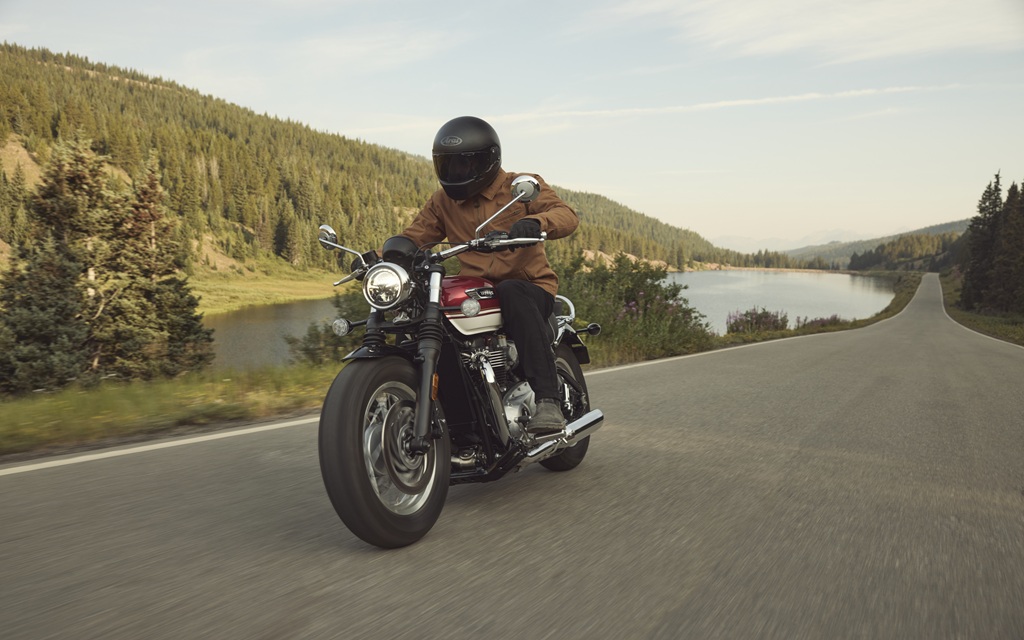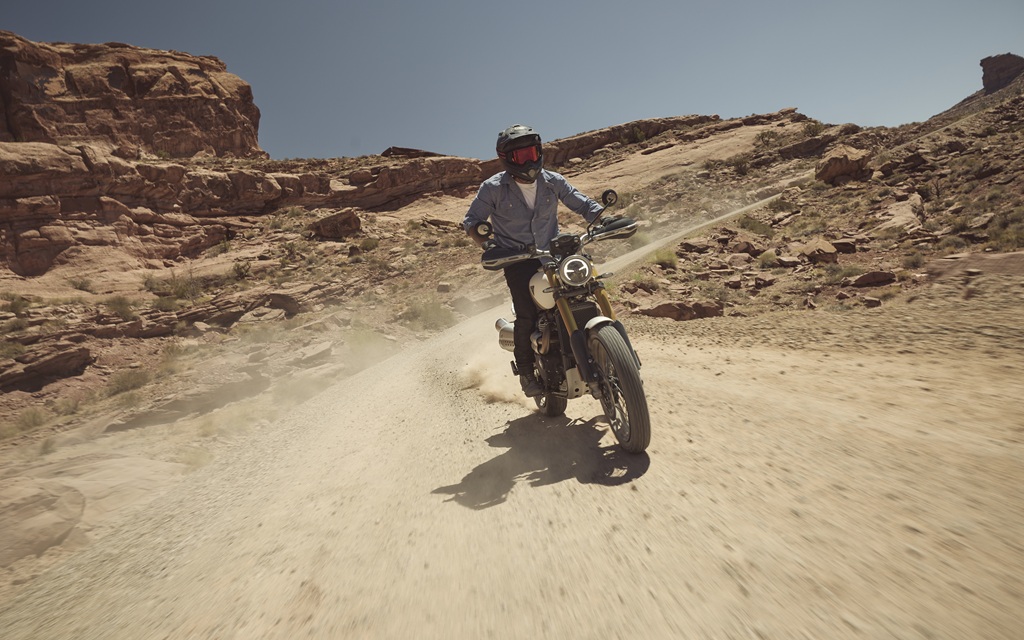Dunlop, Michelin, and Pirelli: which is best?
A long time ago — OK, a very long time ago — I went to Carleton University. At the time, “Carly Toons” was (and still) known as a journalism school. The engineering faculty was new(ish), not at all well respected and was, well, definitely second-tier compared with the famed school of communication.
Needless to say, that created quite a bit of consternation amongst the pocket protector set (actually, engineers being engineers, they pretty much had a beef with everyone). Those looking to join the fifth estate were invariably cultured, well-read and, almost universally, as if they were already rehearsing for an anchor position, mature beyond their years. Engineers on the other hand . . . well, engineers were almost equally likely to be drunken, loud-mouthed schnooks and, as I remember it, pretty darned proud of their schnookiness. If you have read any of my articles at all, you know which on side of that culture war I resided (B.Eng ’83).
One thing that those potential scribes could have learned from us, however, was the elimination of variables. The essential ingredient to that principle was that, to determine specific what product or procedure had an effect on something you were testing, all other possible variables had to remain constant, the object always, to know with absolute certainty that the one thing you changed had had the effect you noted. It would be no use — to now bring a cooking metaphor into the mix — in trying to determine the effect of adding colander to your chili to also change the beef to lean ground turkey, add a soupcon of nutmeg to the mix or, well, add so much more tomato paste that you weren’t even cooking chili anymore.
The motojournalism corollary to my chili metaphor is tire testing. Time and again, I read tire tests from far off places where some trained journalist (but obviously not a trained engineer) lauds the benefits of tire (a) compared with rubber from manufacturers (b) and (c). Now never mind that they probably haven’t been on tires b or c in months, that when they did, they were on a different track, riding completely different motorcycles and, as we keep getting reminded every time the MotoGP circus makes its way to the Far East, riding under different weather conditions. So many variables, so few constants, these supposed “evaluations” are about as credible as computer simulations that “guarantee” that, had they met, Rocky Marciano would have beaten Muhammed Ali. An interesting hypothesis that makes for great beer-fueled blather, but with no more the credibility than Donald Trump’s claims for the size of his parades, his handling of the economy, and . . . well, pretty much anything he claims.
The only way to actually determine which rubber doughnut performs better is to test all the tires being compared on the same day on the same track and by the very same rider. Enter Mississauga’s Rider’s Choice who volunteered not just one track bike, but two identical Suzuki GSX-R750s and, more importantly, someone who actually knew how to ride motorcycles — that would be Matt McBride, perennial Canadian superbike front runner. Oh, and enough rims to hold all four sets of tires we felt worthy of direct comparison. To make things even more rigorously scientific, we hid the tires from our two testers — no we didn’t adorn “cloaks of blindness” you see in the pictures, but our mechanic kept the tire warmers on the bikes until we were actually about to climb off the track stands — and didn’t switch bikes. We held tire pressures constant, the temperature was relatively even through the day and, once we set up both bikes, no further suspension adjustments were allowed.
The tires we tested were Michelin’s Pilot RS Cup, Pirelli’s Diablo Corsa Rosso II (Pirelli’s marketers, like motorcycle journalists, obviously get paid by the word) and Dunlop’s Qualifier 3+. We also brought along Dunlop’s new Q4 Qualifier as a wild card, but it was not part of the official test until the end since it is billed as a pure track tire instead of combo track/street rubber like the other three. All the fronts were 120/70ZR17 while the Michelin and Dunlop supplied 180/55ZR17s but Pirelli sent a 190/50ZR17 (yes, I know; a variable) because there were no 180s available.
Here’s what we found:
1st place: Pirelli Diablo Corso Rosso II. The Pirellis may have garnered first place, but it was a close thing with the Michelins. I actually preferred the French rubber, but since our expert Matt set the fastest time on the Diablos and Yours Truly (resident never-was and never-will-be) found them a close second, they edged out the Michelins. Perusing his notes — no chatting between tests! — Matt found them quick to turn in, offering excellent stability during braking and, most beneficially, providing consistent feedback. They also handled the bumps quite well, the carcass an excellent combination of the stiffness required for good tracking and the compliance needed to get around a bumpy track like Shannonville.
I, the (much) lesser of two riders, lauded the Pirellis for their mostly linear steering — i.e. holding a fairly “neutral” line through corners without requiring much countersteering on the bars — and excellent grip married to surprising durability (despite being flogged mercilessly, there was little balling of rubber at the outermost edges). Overall an excellent product that would work well on both street and track and will prove instantly confidence-inspiring for both expert and slow-poke alike.
2nd place: Michelin Power RS. I actually preferred the Michelins ever so slightly to the Pirellis because I found the turn-in under trail braking a little tighter. One of the few things I can do right on a racetrack is to brake right up to the apex so a tire that doesn’t run wide is always welcome on a Booth bike. The Pilot’s carcass might also be a touch softer than the Pirelli’s, which may have been the reason I preferred them to the Pirellis and why Matt, able to load the front up more than Yours Truly, appreciated the Italian tires’ extra load-bearing.
Matt, meanwhile, lauded the Michelins for their predictability when he started spinning up the rear (you know, right, that that wasn’t something I was testing). McBride also found the front excellent under braking. But he noted that the Michelins took longer to warm up to maximum grip and suffered a little chatter, probably the result of the carcass stiffness, and the reason he was about a second slower on the Sport Cups compared with the Pirelli Diablos.
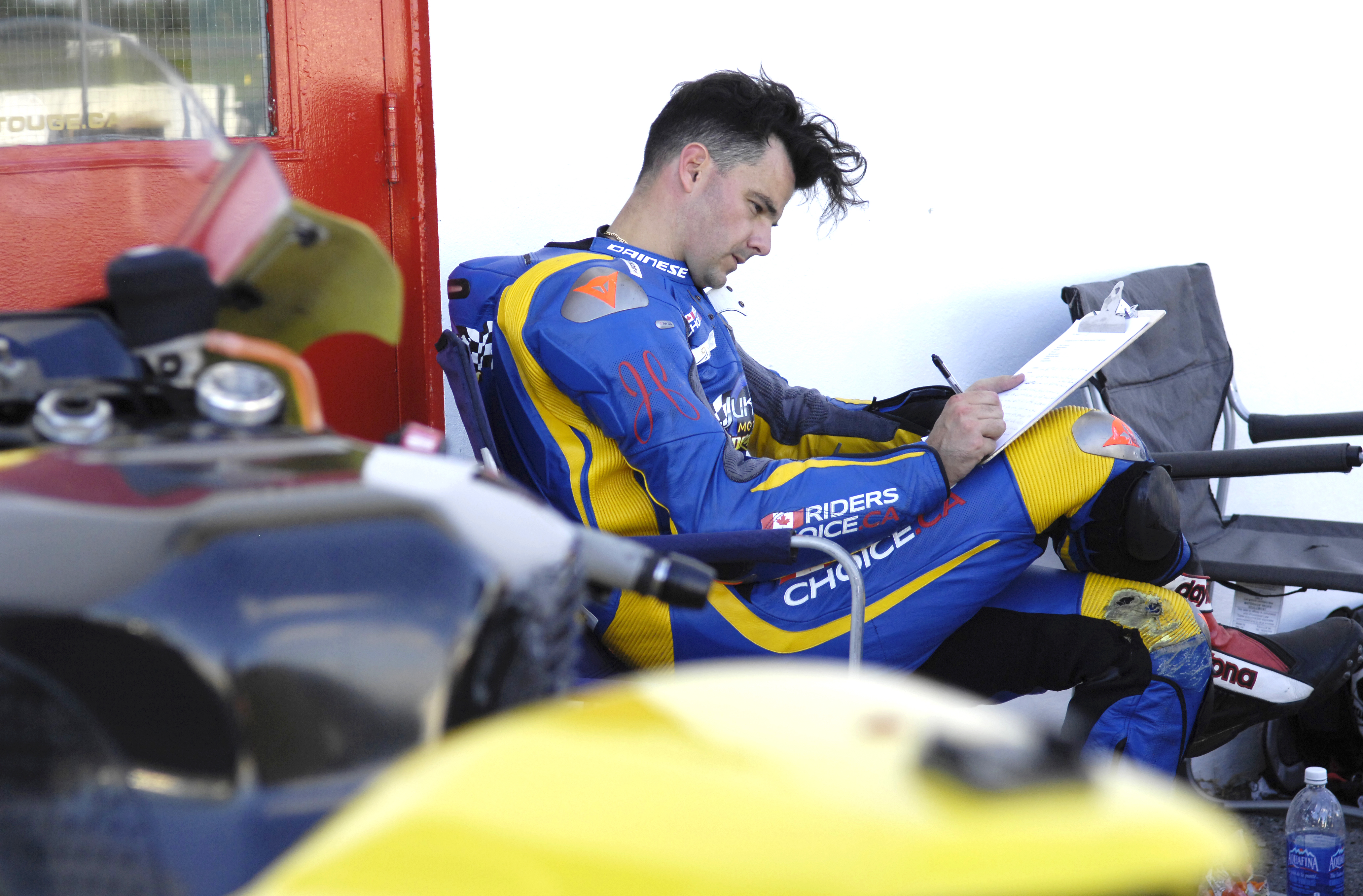
3rd place: Dunlop Sportmax Qualifier 3+. If there was (slight) disagreement over 1st and 2nd place, there was no argument that the Dunlop’s belonged in the cellar. Indeed, our complaints were almost identical, namely that the Qualifier 3’s carcass was simply too stiff. Whether it was too stiff for all racetracks or simply too firm for the motocross track that Shanonnville Motorsport Park has become, it remains that the Dunlops, both front and rear, were bouncing all over the place. On the first two tires, I barely triggered the Bazzaz traction control system Rider’s Choice had installed on the Gixxers. Shod with the Qualifier 3 Plus’s, its staccato burp-burp was a constant reminder that the rear end was bouncing all around. The front too, would skip sideways — there’s a new sinkhole exiting Shannonville’s turn 3 that’s particularly treacherous for we, the less than talented — with dramatic (i.e. trouser-soiling) results.
On smoother corners, though, the Qualifiers acquitted themselves quite well, had prodigious grip and enjoyed neutral steering. Initially, I thought Matt’s more aggressive style might load up the carcass more, generating more feedback. But, alas, he had all the same issues and his best lap aboard the Dunlop-shod Suzuki was more than two seconds slower than the 2nd place Michelins. Again, whether they would fare better on a smoother track, we cannot tell. On the other hand, there aren’t actually too many smooth tracks in Canada.
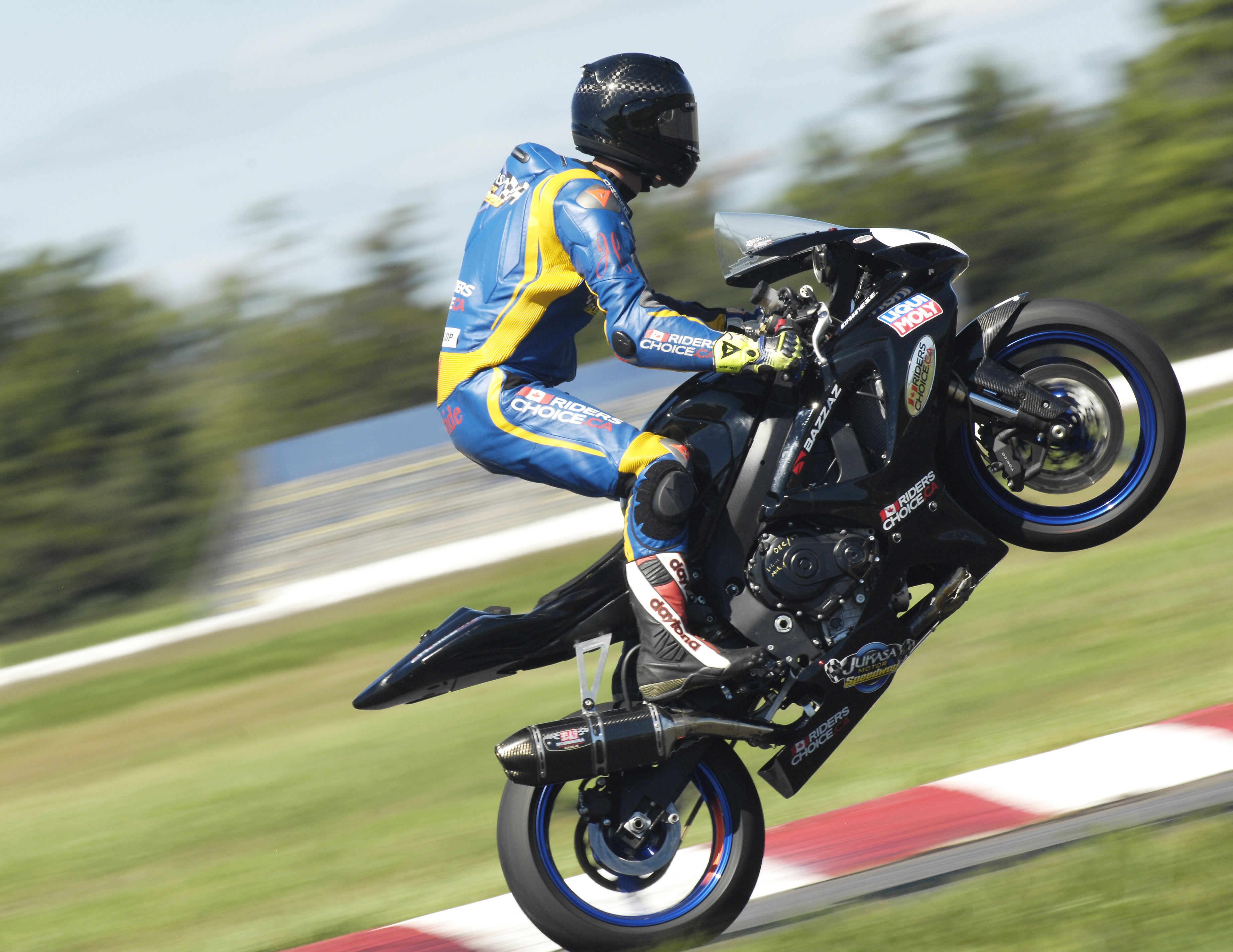
The Wild Card
I let Matt test Dunlop’s latest track-day special, the new Sportmax Qualifier 4. I was already well beyond my level of incompetence with the street/track tires and my opinion on race rubber would hold about as much significance for someone looking for a DOT-approved production tire as the aforementioned President’s take on presidential ethics.
Surprise of surprise, McBride, first and always a racer, liked the Dunlops, setting his fastest lap of the day on the 4’s, ending up a gargantuan four seconds faster than on the 3’s. He lauded quick warm up (Dunlop claims no need for tire warmers despite their track orientation), phenomenal grip and consistent feedback under acceleration. More interesting — had Dunlop heard feedback from owners of the Qualifier 3s — was his contention that the carcasses were softer, and therefore more predictable, than their lesser brethren. Calling them the best tires of the day, he gained the immediate confidence in the 4s that he never garnered riding the 3s. Maybe I should have tried them, after all.
Overall though, the Pirellis and the Michelins were the class of this track/street compromise. In a final word of advice, for those looking to choose between the latest Diablo Corsos and the Pilot Sports, we’d say the Michelins might be preferable for those on the Walter Mitty side of Marc Marquez while those a little faster might prefer the Pirellis. Marc Marquez, on the hand, might be best on those race-ready Dunlop Qualifier 4s.
Pirelli Diablo Corso Rosso II
190/50ZR17: $370.95
120/70ZR17: $267.95
Michelin Power RS
180/55ZR17: $309.95
120/70ZR17: $240.95
Dunlop Sportmax Qualifier 3+
180/55ZR17: $300.95
120/70ZR17: $233.95
Dunlop Sportmax Qualifier 4
180/55ZR17: $334.95
120/70ZR17: $259.95
